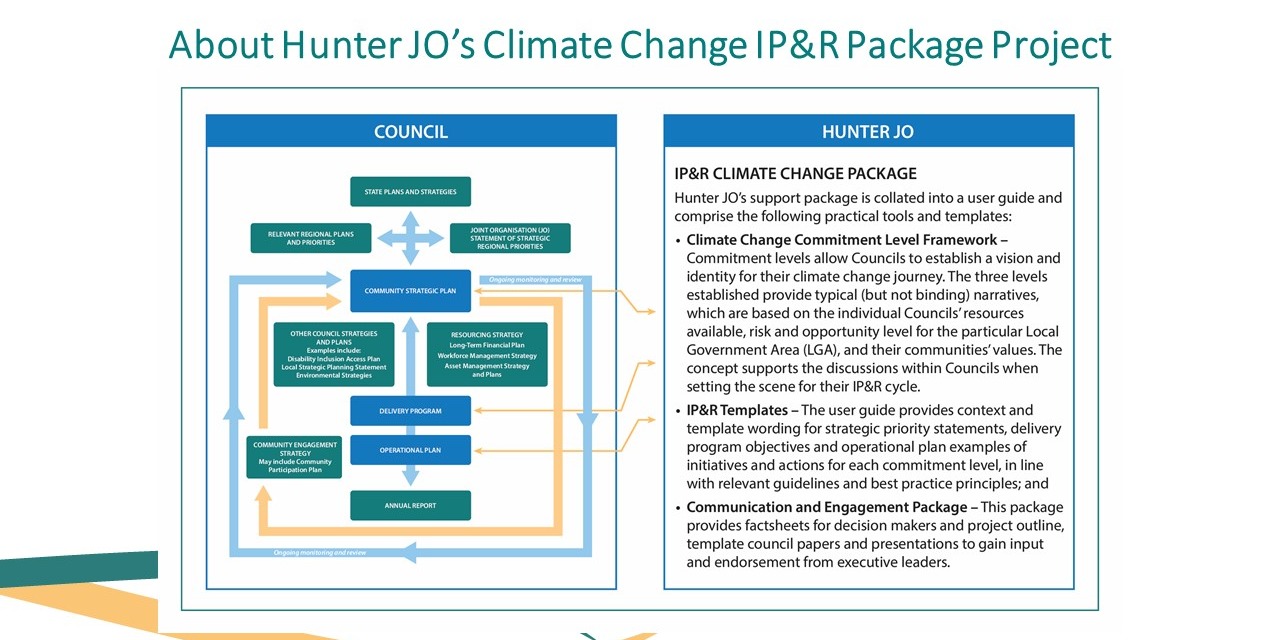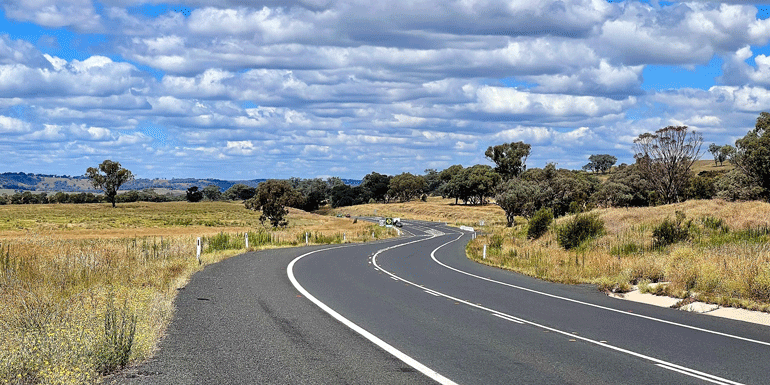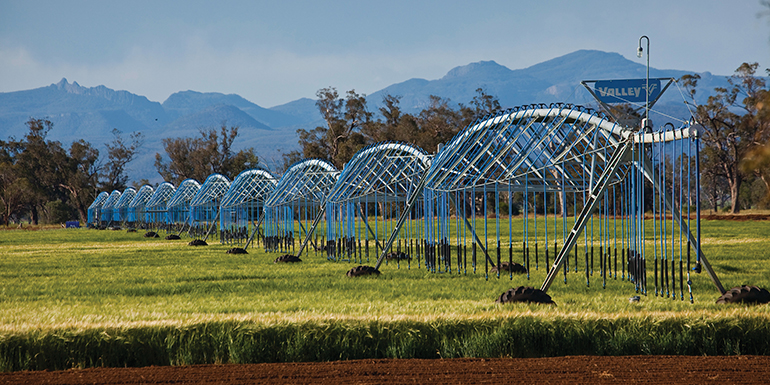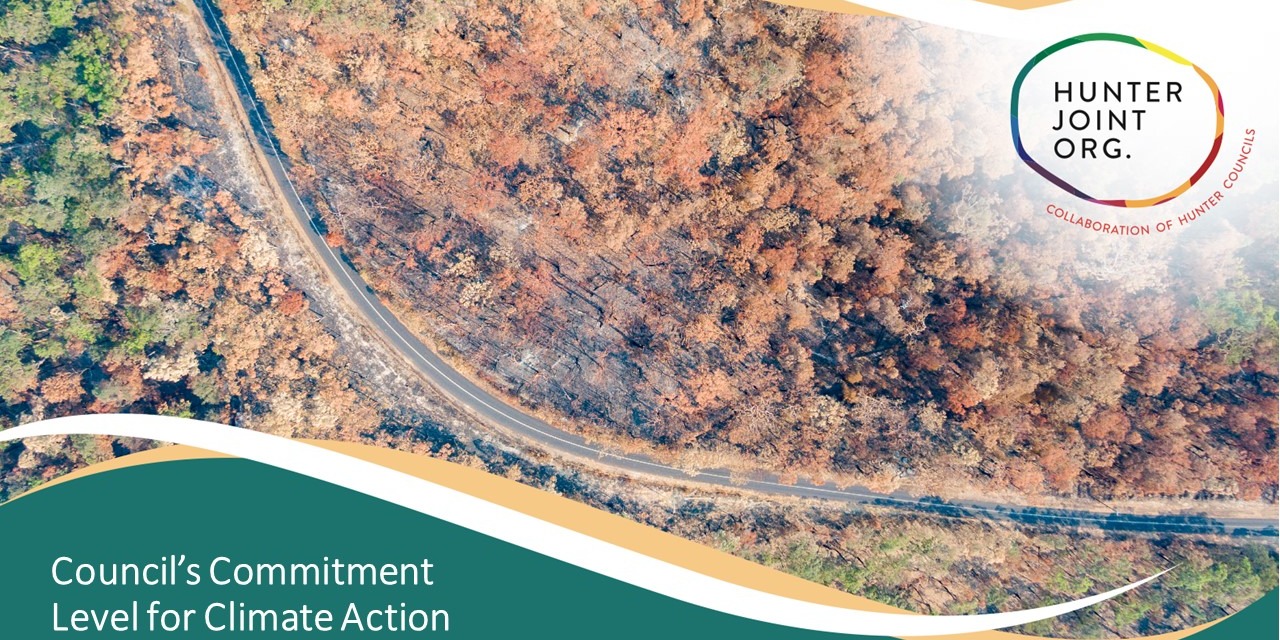About this case study
Bushfire
Local government
Sustainability
When a council is mapping out its future, it makes sense to consider how it will address climate change and its impacts. But how do councils translate a commitment to climate action into key governing resources and strategic plans?
The Climate Change IP&R Package is such an easy package to pick up. Because it is based on evidence, councils can have the confidence to choose a commitment level, or to adapt the templates to suit their own needs.
Melinda Curtis – Regional Policy and Program Manager, Hunter Joint Organisation
The Integrated Planning and Reporting (IP&R) framework was introduced by the NSW Government in 2009, changing the way councils established local priorities and linked them to operations.
The IP&R process begins with a community's aspirations for a period of at least 10 years, providing a suite of integrated plans that set out a vision, goals and strategic actions to achieve them.
“The Hunter JO identified a disconnect between the IP&R framework and climate change action, often due to the complexities of each field, which led to the development of the Climate Change IP&R Package,” Hunter JO’s Regional Policy & Program Manager Melinda Curtis explains.
Hunter JO’s geographic reach is expansive – from the Coolah Tops National Park in northwest NSW to Morisset in the southeast, and from Wollemi National Park in the southwest to Harrington in the northeast. The Hunter region’s communities are just as diverse as its geography, ranging from coastal hamlets, country towns and historic villages to growing suburbs, regional centres and an emerging global city.
In the past few years, the Hunter region has been hit by bushfires, coastal erosion, and three floods back-to-back, stretching council budgets and testing the resilience of communities.
Melinda explains “Hunter JO’s project team understood that the package needed to allow for varying council resources and capacities. Three levels of commitment – leading, motivated and committed – were established and the IP&R package was structured around these.”
While the three levels provide a typical narrative, they are not binding. Each commitment level is accompanied by a set of ready-to-go templates that inform the IP&R document development, including strategic statements, objectives and actions.
The package provides an evidence base, process and text for councils to embed into their overarching IP&R documents: the Community Strategic Plan, Delivery Program and Operational Plan.
Since the package has been released, the Hunter JO’s website page has attracted 1,300 hits. “We have received amazing feedback from councils and state-wide uptake,” Melinda says.

Hunter JO intends to evolve the package over time so that it remains relevant. There are opportunities to develop additional videos and resources to align with the next IP&R cycle, Melinda adds. “Dependent on funding, part two of the package would go into more detail at the delivery program and operational plan levels.”
There have been many requests from within and outside of the Hunter region for guidance on using the package, as this is an approach which explains the complex IP&R Framework in a way that is easy to understand and incorporates action directly into the Framework.
The demand for and positive feedback on the package within and outside of our region has been extremely high.
Melinda Curtis – Regional Policy and Program Manager, Hunter Joint Organisation
This project was proudly funded by the NSW Government with support from Local Government NSW.
Case studies

NSW councils are building climate risk into their business-as-usual planning and policies for the first time, thanks to products developed using NARCliM’s locally relevant climate modelled data.

Learn how NARCliM climate projections are being used by various NSW sectors to understand and adapt to climate change.

Monash University's Climate Change Communication Research Hub applied NARCliM regional climate projections to visualise the projected increase in average summer temperatures across Australia's local government areas.
